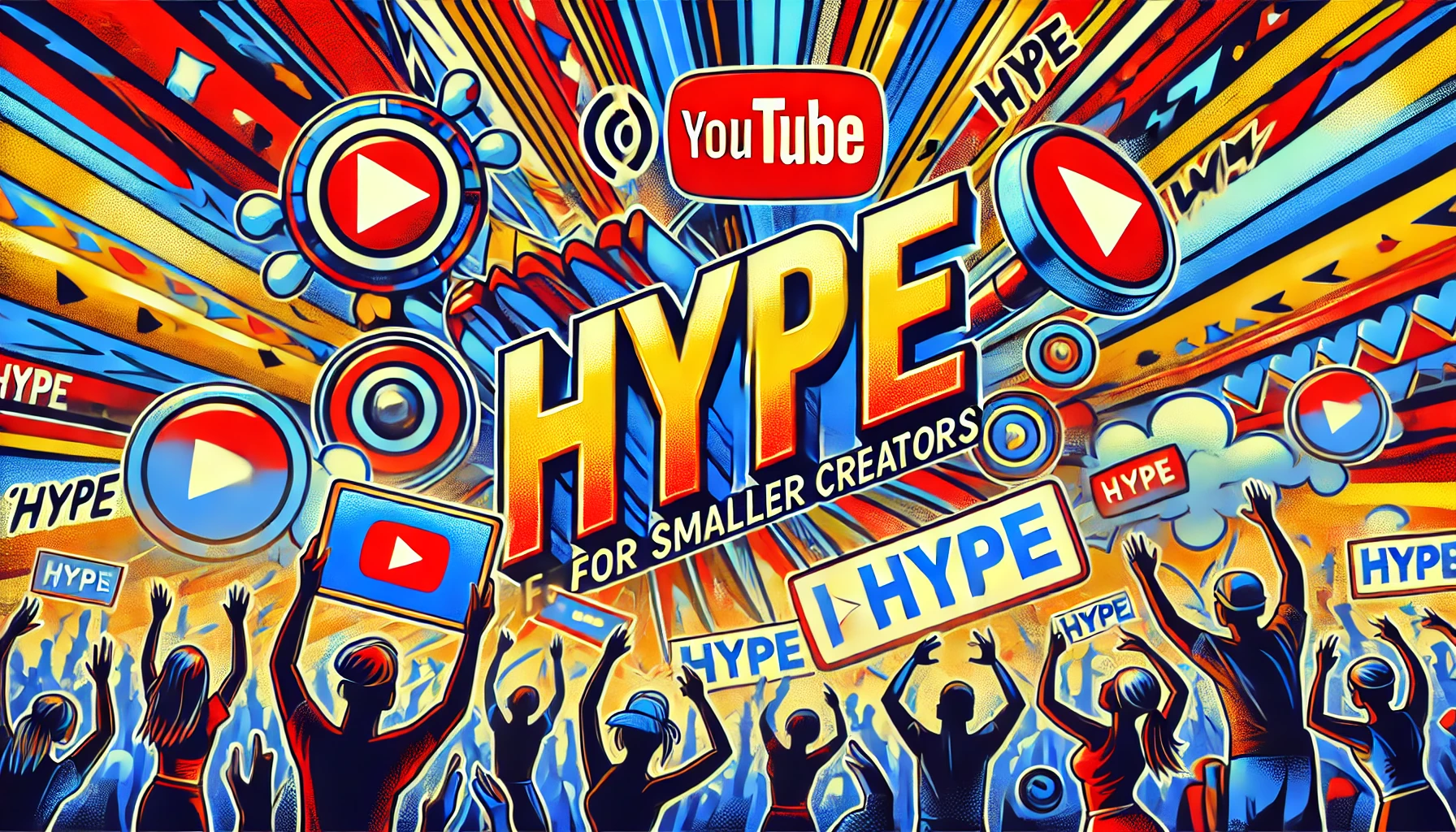Yes, I said slower! OpenAI is back at it again, and this time, they’ve ditched the fruit bowl for something sweeter—meet Strawberry, their latest large language model, and spoiler alert: it’s kind of a big deal. So, what makes this one stand out in the already crowded AI fruit salad of models? Strap in and let’s look into this new AI flavor, where slow and steady actually wins the race.
Why Strawberry Is Unique
First off, let’s dive into what makes Strawberry different. Unlike previous models that are built for rapid-fire responses, Strawberry was designed for more complex reasoning and analytical thinking. Think of it like this: GPT-4 is your fast-talking friend who gives answers off the top of their head, while Strawberry is that one friend who quietly ponders everything before hitting you with a deeply thought-out response.
What sets Strawberry apart is its ability to take its time—literally. By spending 10 to 20 seconds on a problem, it reduces errors and provides more nuanced answers. This makes it perfect for tasks that involve multi-step reasoning, whether it’s solving tough math problems, developing intricate business strategies, or writing complex code.
But wait, there’s more. Strawberry is set to integrate into OpenAI’s ChatGPT platform. You’ll be able to choose it from a dropdown menu of models, and it’ll be the go-to option for when you need something extra smart.
Pricing? Maybe Get Ready for a New Tier
Rumor has it that Strawberry might introduce a whole new pricing model for OpenAI. According to some insiders, you might not get to use this model for free (like you currently do with GPT). Instead, there could be a pay-per-use system that limits how many messages you can send per hour. And if you want faster response times, well, you might need to fork over some extra cash for that premium package.
The good news? If you’re a current subscriber to ChatGPT Plus, you might get early access to Strawberry before it hits the free tier.
A Few Speed Bumps Along the Way
Not everything is sunshine and rainbows, though. Despite its advanced reasoning capabilities, Strawberry has some notable limitations. For one, it’s launching as a text-only model, which means no images or videos—at least, not yet. While GPT-4 can handle multimodal tasks, Strawberry is taking things slow.
Also, some early testers have noticed that Strawberry’s slower response time isn’t always justified, especially for simple queries. And its ability to maintain context over long conversations? Let’s just say that’s still a work in progress.
The OpenAI Drama You Didn’t Know About
Now here’s where things get spicy. Before it was called Strawberry, the model went by the name Q (or QAR for you insiders). And it wasn’t just another project—it was a point of contention that almost tore OpenAI apart. If you remember, just before OpenAI’s CEO, Sam Altman, was briefly ousted last year, there was a huge internal debate over the development of Q.
Some researchers at OpenAI were worried that Q (now Strawberry) was inching dangerously close to Artificial General Intelligence (AGI)—the holy grail of AI development. If we reach AGI, we’re talking about machines that can learn, think, and adapt across any task, just like a human. Sounds great, right? Well, some OpenAI staffers thought it sounded a little too much like Skynet from The Terminator.
The big concern? AGI could evolve in unpredictable ways, leading to risks we haven’t even considered yet. So while some were pushing for Q’s development, others were waving red flags and shouting, “Danger, Will Robinson!”
Strawberry’s Secret Sauce: STAR and System 2 Thinking
One of Strawberry’s key innovations is its use of System 2 thinking—a concept introduced by psychologist Daniel Kahneman in his book Thinking, Fast and Slow. This kind of thinking is slow, deliberate, and analytical, contrasting with the quick, intuitive decisions we make through System 1 thinking.
Strawberry’s focus on System 2 thinking means it takes its time to analyze and process information, reducing errors and improving accuracy. But that’s not all—Strawberry also uses a method known as STAR (Self-Taught Reasoner), a process that enhances reasoning skills through iterative learning. It’s like teaching yourself how to solve a math problem and then using that knowledge to solve an entire math textbook. Over time, the model fine-tunes its reasoning abilities, making it smarter with every iteration.
What’s Next for Strawberry?
As with any major tech release, the rumor mill is churning out some juicy tidbits about what might come next for Strawberry. Some insiders speculate that future versions of Strawberry could introduce multimodal capabilities. That means it wouldn’t just be limited to text—it could handle images, audio, and maybe even video. Imagine feeding Strawberry an image, and it writes a full-on report about it—chef’s kiss.
There’s also talk that OpenAI is looking to combine Strawberry with other AI models, like their Orion project. Orion, rumored to be in development alongside Strawberry, is said to be a next-gen language model with data-synthesis capabilities that could take AI reasoning to the next level.
The Cost of Greatness
Let’s talk money. Training an AI like Strawberry isn’t cheap. Training GPT-4 reportedly cost over $100 million, and future models like Strawberry could have even higher price tags. We’re talking hundreds of millions of dollars, if not billions. This has many in the tech world asking: how can companies like OpenAI sustain these costs?
The pressure is mounting for AI companies to prove that these expensive models have real-world applications that justify their costs. OpenAI will need to show that Strawberry isn’t just a shiny new toy—it’s a powerful tool that delivers tangible value to businesses and users alike.
Final Thoughts: Is Strawberry a Game-Changer?
So, what’s the verdict? Strawberry is clearly pushing boundaries with its deliberate approach to problem-solving. By slowing down and focusing on reasoning, it aims to offer a deeper, more accurate level of AI interaction. But will users be willing to trade quick responses for higher-quality answers? Only time will tell.
Now, I turn the question over to you: Would you rather have a fast but maybe less accurate AI, or are you ready for something slower but more thoughtful? Drop your thoughts in the comments below.
And hey, if you’re not already part of our tech-savvy community, it’s time to claim your citizenship of the "Shining City on the Web" —join the conversation, share your thoughts, and help us shape the future of AI together!





















Post Comment
You must be logged in to post a comment.